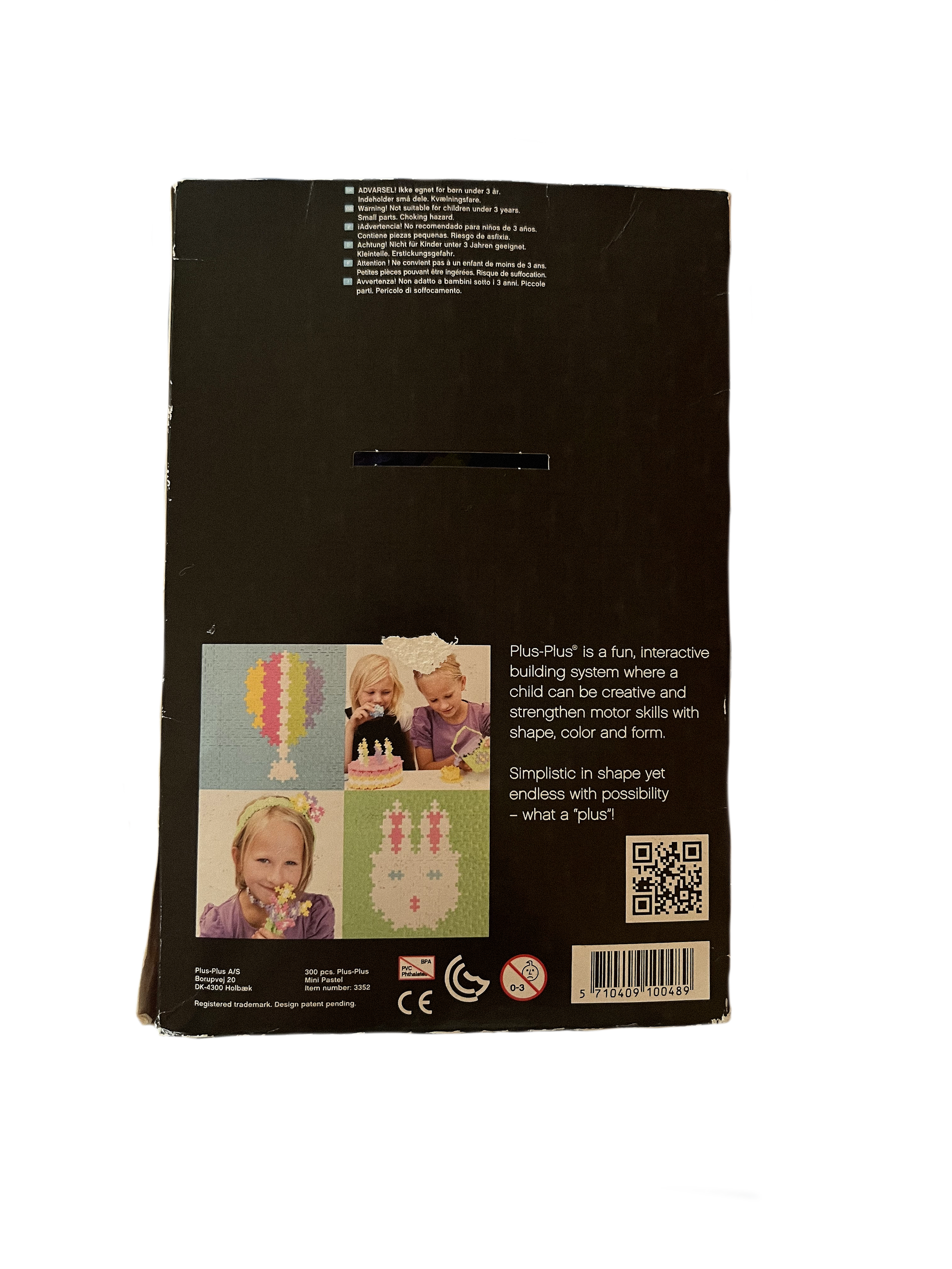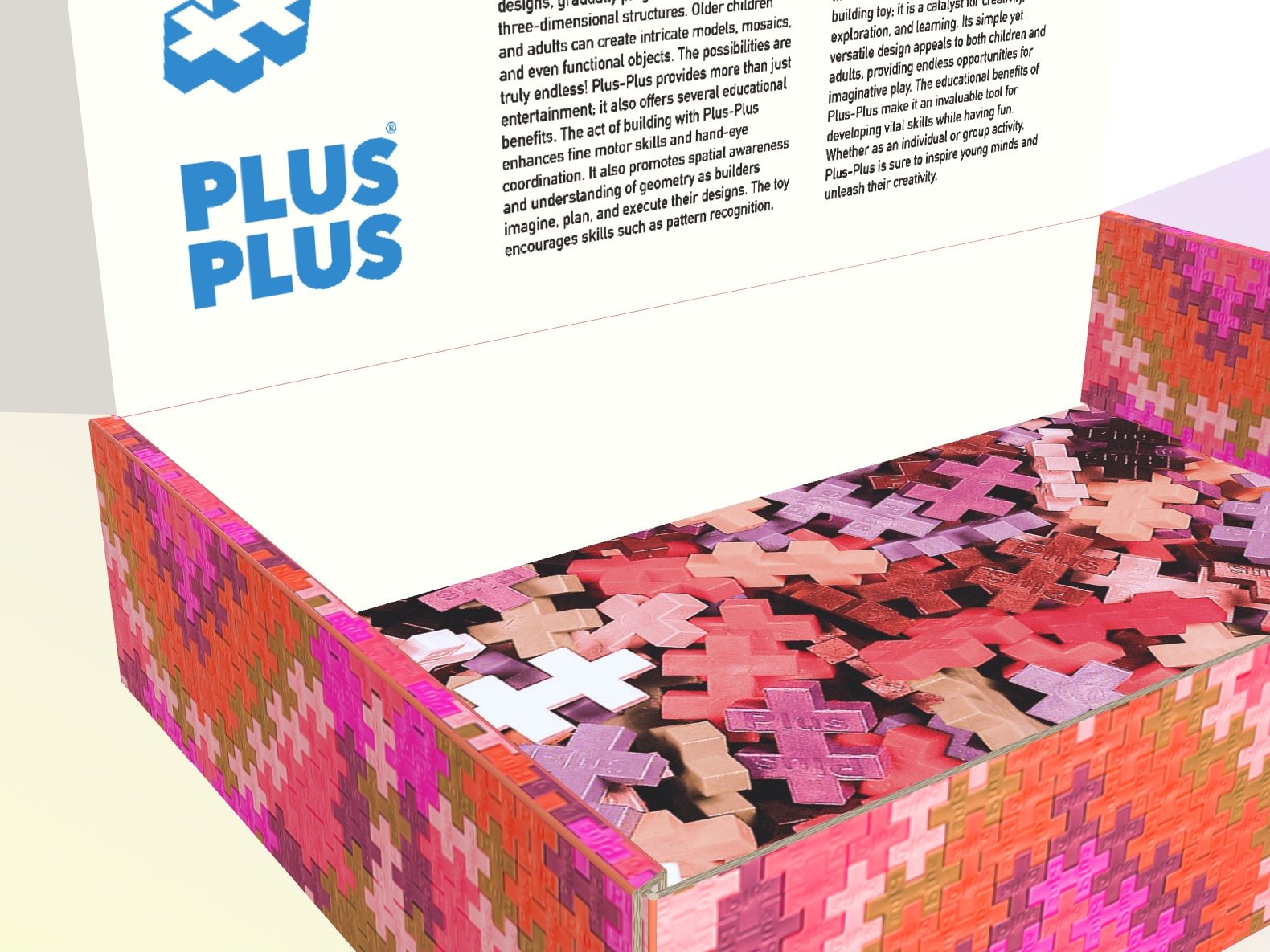Research & Theory.
Task 7:
This week's assignment challenges us to think outside the box regarding research methods for our academic journey. We're supposed to pick an object that has a story to tell and write 300 words of non-fiction about it. This task is exciting; however, it would be more compelling if we were asked to write a fictional story. Making something unrealistic and unique rather than just giving facts would be more imaginative and creative. We, humans, see an object as a lifeless thing. It doesn't feel, listen, see or do anything, yet we get too attached to it like a living thing. We all have a favourite or a lucky pen, mug, shirt, watch, glasses, shoes, etc. We can live without our objects, but we choose not to.
Nonetheless, I'm visiting my family in Saudi Arabia for a holiday, and I keep coming across all the old stuff I used to collect as a kid that I still have. It brings back so many unforgettable and sad memories. But instead of picking something out, I decided to give myself a challenge and let the object pick me. I opened my teen drawer, closed my eyes, and grabbed the first thing that came to my hand. This way, I give myself a challenge and keep myself motivated.
Learning objectives:
Research, analyse & understand research methodologies, management & perspectives in relation to my subject area.
Create a self-generated written narrative referencing the research that appropriately links to my writing.
Communicate through a designed piece of work (text and image), my ‘title’ combined with an image, in relation to my object and writing.
Participate in and reflect upon debate on the ideas wall.
Document and communicate my working process in my blog.
Manage my independent learning through good planning and self-direction.
My teen drawer:
When I was a kid, I used to love collecting small things. From seashells at the beach to tiny trinkets in my playthings, I'd pick them up and make my own little world out of them. I found something magical about the complexity and beauty of these tiny things.
Collecting these tiny treasures has become more than just a hobby; it has become an integral part of who I am. It's a way for me to express my appreciation for the beauty that exists in the world, even in the most unassuming forms. It's a reminder to slow down and find joy in the simple things that often go unnoticed.
So, I continue to gather these tiny treasures, finding solace in their delicate presence. For me, the act of collecting is not just about the objects themselves but about the stories they hold and the emotions they evoke. It's a lifelong journey, a visual diary of my ever-evolving sense of wonder and appreciation for the minuscule marvels that make life extraordinary.
Chosen Object:
Plus Plus:
An Award-Winning Danish Toy.
With one shape & endless possibilities
Written Narrative:
"What I find fascinating about Plus-Plus is that it is a single molecule. One brick that, because of its shape, can interlock with other bricks that are identical to it. And from a single repeated element, you can create all the diversity in the world. It's almost like the idea of the atom or the molecule as a toy."
-Bjarke Ingels
Plus-Plus is a unique construction toy that has captured the hearts and minds of children and adults alike. Designed in Denmark, this simple and versatile toy consists of interlocking pieces that can be assembled in endless combinations, allowing for imaginative play and creative expression. What sets Plus-Plus apart from other building toys is its simple yet ingenious design. Each piece is shaped like a double-sided plus sign, hence the name Plus-Plus. The interlocking feature of the pieces allows for seamless connections, giving builders the freedom to create three-dimensional structures and designs. This simplicity allows for easy manipulation and encourages experimentation and problem-solving skills.
One of the most remarkable aspects of Plus-Plus is its appeal to a wide range of age groups. Younger children can start with basic flat designs, gradually progressing to more complex three-dimensional structures. Older children and adults can create intricate models, mosaics, and even functional objects. The possibilities are truly endless! Plus-Plus provides more than just entertainment; it also offers several educational benefits. The act of building with Plus-Plus enhances fine motor skills and hand-eye coordination. It also promotes spatial awareness and understanding of geometry as builders imagine, plan, and execute their designs. The toy encourages skills such as pattern recognition, sequencing, and logical thinking. Additionally, Plus-Plus fosters creativity and imagination, as builders can bring their ideas to life through their unique creations.
Furthermore, Plus-Plus promotes social interaction and teamwork. Children can collaborate and build together, making the toy an excellent tool for facilitating communication, problem-solving, and cooperation. Plus-Plus also encourages independent play, allowing children to develop their own ideas and build at their own pace, boosting confidence and independence. The popularity of Plus-Plus has grown rapidly, making it a beloved toy worldwide. It has received numerous awards, recognizing its innovative design and educational value. Plus-Plus has been praised for its durability, eco-friendly materials, and emphasis on open-ended play.
In conclusion, Plus-Plus is more than just a building toy; it is a catalyst for creativity, exploration, and learning. Its simple yet versatile design appeals to both children and adults, providing endless opportunities for imaginative play. The educational benefits of Plus-Plus make it an invaluable tool for developing vital skills while having fun. Whether as an individual or group activity, Plus-Plus is sure to inspire young minds and unleash their creativity.
Designed piece of work:
Process:
Playing around with colours and duplication:
Final 3 packaging designs:
Mock-ups:
Case Study:
This week's guest lecturer is Martin Hosken; I enjoyed his lecture about "the Self" in week four and loved his talk today. First, Martin started by giving us the tiny task of writing our own definition of the word 'research'. I have always understood "research" as an academic term that only scientists, doctors and intellectual people use. However, I define research as the art of discovering new things and using what I know differently and innovatively to develop new ideas, methods and understandings. It is a crucial step within every field of practice; without research and references, there will be no truth. Secondly, we were asked to stop the presentation, look around the room we were now sitting in, and become curious about its nature. I was sitting in the guest room in my Saudi Arabia home while listening to his lecture. I usually only go there sometimes because it's only for guests, but I needed a quiet space.
"Are there any traces of a previous occupant? What happens if you rearrange the furniture? How would the atmosphere change if you repainted the room blue, white or purple? Do you feel cosy or cramped? Why did the electrician place the light in the centre of the room? What if the window was smaller or bigger? Play with your imagination."
I had an answer for every question asked of me. For instance, my grandma was the previous occupant of the room, and the furniture that is placed there belonged to her. I pleaded with my parents to replace the furniture, but they insisted on keeping it as it was an antique and a gift from my grandma. Thus, I have spent 24 years with the same guest furniture. If I were to paint the room blue, it would feel cramped and out of place because its atmosphere is characterized by red and gold, which is completely authentic. The introduction of blue would disrupt the space and make it unbearable. Although I enjoyed letting my imagination wander, envisioning the room transformed with different furniture and a blue color scheme, it simply didn't evoke a feeling of home. I am accustomed to the specific vibe that this room exudes. This simple task sparked a sense of curiosity and playfulness within me, allowing me to notice something I hadn't realized before.
Reflection:
This week's project was a challenging feat. It took countless hours of researching, strategizing, and endless revisions. The workload seemed impossible at times, and frustration set in, especially as I was away from home on holiday with no time to reflect or work. Despite these setbacks, I experienced a peculiar sense of fulfilment and joy. During the project, I donated many toys that I had left behind for many years; the joy I witnessed in the eyes of the children was indescribable. I have never felt so good in my life. I was deeply attached to this project, as it changed my perspective and taught me new ways of seeing things. For instance, we all want to keep these items for memory value, but after gifting my toys to the beautiful girls, I experienced the same joy I felt when I first received that toy. Giving to those in need is always better, creating even more beautiful memories. While the journey was long and complex, the outcome speaks for itself.
References :
Bonde, M. (2022) Plus-Plus. Available at: https://plus-plus.com/en (Accessed: 16 July 2023).
Baker, M. and Ryan, J., 2021. Playful provocations and playful mindsets: teacher learning and identity shifts through playful participatory research. International Journal of Play, 10(1), pp.6-24.
Kouprie, M., Sleeswijk Visser, F (2009). Bringing the everyday life of people into design. A framework for empathy in design: stepping into and out of the user's life. Journal of Engineering Design 20(5) 437-448














